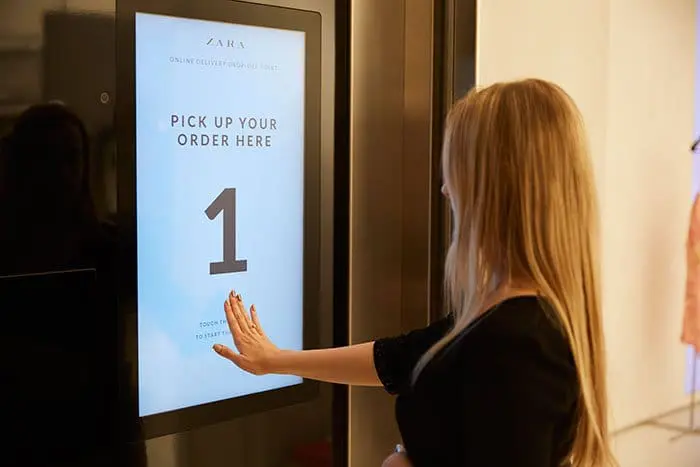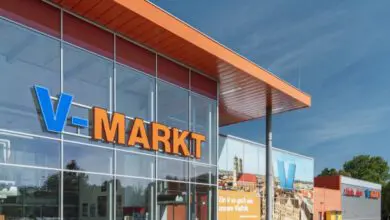Inditex builds omnichannel platform for one billion Euros in-house

The lockdown has made it abundantly clear to the textile retailers how dangerous it is to establish omnichannel strategies only half-heartedly or not at all. Zara owner Inditex had to report losses for the first time in the company’s history. Now the textile company is reacting with an investment of 2.7 billion Euros in technology. Inditex’s declared goal: to combine online and in-store shopping into one process.
But it’s not just the textile trade that has a lot of catching up to do, the software industry also has a lot: no software provider was able to convince Inditex with its offer for the basis of its future omnichannel platform. The textile retail group now wants to develop the basis of its omnichannel strategy itself for 1 billion euros within 3 years. Inditex will spend another 1.7 billion on purchasing and licensing from technology providers.
From the customer’s point of view, the core of the new omichannel strategy is to be an Inditex app, which will also allow customers to view, reserve or order all products, including availability in each individual store.
All Inditex-Banners will get RFID
The basis for inventory management will be RFID on individual items, as Inditex already uses it at Zara and Massimo Dutti. By the end of this year, RFID on individual items is to be implemented at all retail banners of the group.
Although Inditex had to report its first ever loss in the company’s history in the first quarter because the physical stores had to be closed, the company managed to reduce its inventory by 10 percent.
This allowed Inditex to demonstrate how short its lead times are and its ability to respond quickly to changes in demand. Much to the dismay of manufacturers in countries like Bangladesh, whose workers are left without a living wage from one day to the next.
In contrast, according to Reuters, H&M reported that stocks of unsold goods had risen to just over 3.9 billion Euros at the end of April, more than last year’s total.




